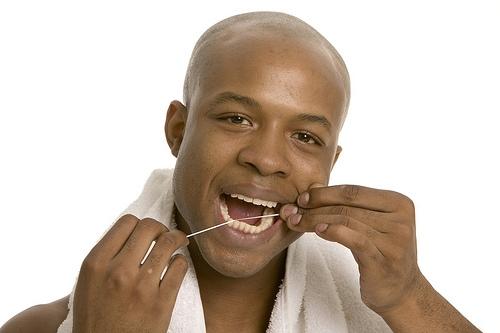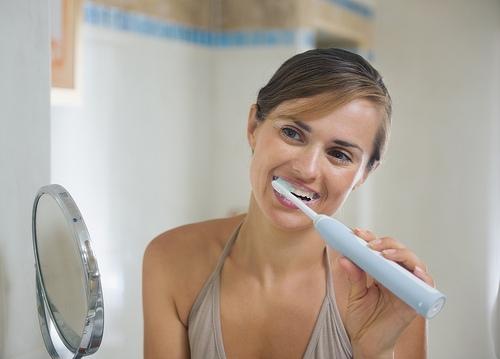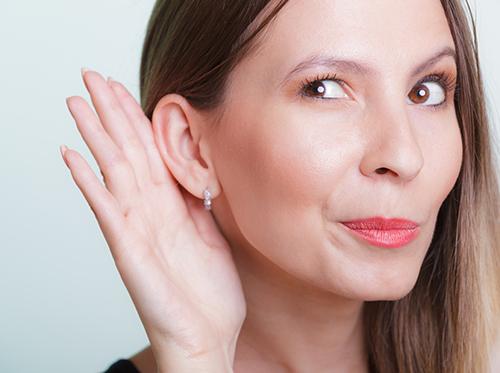 Dry mouth, also medically known as xerostomia, is the condition of not having enough saliva, or spit, to keep your mouth wet. There are many ways to keep dry mouth
Read more
Dry mouth, also medically known as xerostomia, is the condition of not having enough saliva, or spit, to keep your mouth wet. There are many ways to keep dry mouth
Read more
-
How do I know if I have dry mouth?
posted: Mar. 01, 2022.
 Dry mouth, also medically known as xerostomia, is the condition of not having enough saliva, or spit, to keep your mouth wet. There are many ways to keep dry mouth
Read more
Dry mouth, also medically known as xerostomia, is the condition of not having enough saliva, or spit, to keep your mouth wet. There are many ways to keep dry mouth
Read more
-
Which type of mouthwash is best?
posted: Feb. 22, 2022.
 Taking care of your oral health involves a daily regimen of brushing, flossing, and rinsing to prevent tooth decay and bacterial infections. Though you may have asked us which toothbrush
Read more
Taking care of your oral health involves a daily regimen of brushing, flossing, and rinsing to prevent tooth decay and bacterial infections. Though you may have asked us which toothbrush
Read more
-
When is the best time to floss?
posted: Feb. 15, 2022.
 At Broadway Oral Surgery, we prefer our patients to practice good oral hygiene between office visits. Part of that process includes flossing, which the doctor will tell you, is the
Read more
At Broadway Oral Surgery, we prefer our patients to practice good oral hygiene between office visits. Part of that process includes flossing, which the doctor will tell you, is the
Read more
-
Electric Toothbrush: How do you choose?
posted: Feb. 08, 2022.
 Since the introduction of the power toothbrush in the 1960s, this tool has undergone many technological advances, from design and bristle motions to rotation oscillation and sonic vibration.
What is rotation
Read more
Since the introduction of the power toothbrush in the 1960s, this tool has undergone many technological advances, from design and bristle motions to rotation oscillation and sonic vibration.
What is rotation
Read more
-
What’s the deal with bottled water?
posted: Feb. 01, 2022.
 As more people turn to bottled water and away from the tap, they may be missing out on one important ingredient that most brands of bottled water fail to include:
Read more
As more people turn to bottled water and away from the tap, they may be missing out on one important ingredient that most brands of bottled water fail to include:
Read more
-
Oral Health Tips: Travel Edition
posted: Jan. 25, 2022.
 When you leave on a trip, you probably double-check that evrything’s ready: your clothes are packed, your ticket is handy, and your passport waits patiently on top of your bag
Read more
When you leave on a trip, you probably double-check that evrything’s ready: your clothes are packed, your ticket is handy, and your passport waits patiently on top of your bag
Read more
-
To use or not to use mouthwash; that is the question
posted: Jan. 18, 2022.
 A famous mouthwash company chose the marketing slogan, “Better than flossing.” As a consumer, would you believe a high-end commercial that essentially tells you to stop flossing? Just use this
Read more
A famous mouthwash company chose the marketing slogan, “Better than flossing.” As a consumer, would you believe a high-end commercial that essentially tells you to stop flossing? Just use this
Read more
-
Foods that Can Harm Enamel
posted: Jan. 11, 2022.
 Many people who are careful about brushing and flossing their teeth wonder how they still end up with cavities or tooth decay. Several factors affect wear and tear on tooth
Read more
Many people who are careful about brushing and flossing their teeth wonder how they still end up with cavities or tooth decay. Several factors affect wear and tear on tooth
Read more
-
What should we blog about?
posted: Jan. 04, 2022.
 As a patient at Broadway Oral Surgery, your opinion matters! the doctor and our team love hearing what our patients think about our practice and the services we provide, and
Read more
As a patient at Broadway Oral Surgery, your opinion matters! the doctor and our team love hearing what our patients think about our practice and the services we provide, and
Read more
-
Getting to the Bottom of Chewing Gum Myths
posted: Dec. 28, 2021.
 It's a moment many of our patients have experienced. One second you're chewing on a piece of gum, then suddenly you forget to keep chewing and swallow the entire rubbery
Read more
It's a moment many of our patients have experienced. One second you're chewing on a piece of gum, then suddenly you forget to keep chewing and swallow the entire rubbery
Read more
-
Toothbrush Care
posted: Dec. 21, 2021.
 You found the perfect toothbrush! The bristles are soft, to avoid irritating your delicate gum tissue. The angle of the bristles is perfect for removing plaque. The handle is durable
Read more
You found the perfect toothbrush! The bristles are soft, to avoid irritating your delicate gum tissue. The angle of the bristles is perfect for removing plaque. The handle is durable
Read more
-
Blog Suggestions? Let’s Hear Them!
posted: Dec. 14, 2021.
 Your opinions matter to the doctor and our team! Our blog is meant to be an educational channel, but we always want to know what things you’re interested in learning
Read more
Your opinions matter to the doctor and our team! Our blog is meant to be an educational channel, but we always want to know what things you’re interested in learning
Read more
-
Do we have your current contact info?
posted: Dec. 07, 2021.
 As you probably know, you can always connect with the doctor and our team by calling our BEL AIR, Maryland office, or going to our Facebook page. However, if you’ve
Read more
As you probably know, you can always connect with the doctor and our team by calling our BEL AIR, Maryland office, or going to our Facebook page. However, if you’ve
Read more
-
Caring for Your Dog’s Teeth
posted: Nov. 30, 2021.
 It may come as a surprise to learn that dogs, like humans, have both baby and adult teeth. Most dogs, unlike humans, have all of their adult teeth by the
Read more
It may come as a surprise to learn that dogs, like humans, have both baby and adult teeth. Most dogs, unlike humans, have all of their adult teeth by the
Read more
-
Oral Piercing: What you should know
posted: Nov. 23, 2021.
 If you have been thinking about getting a piercing, or if you already have one or more, there are some health risks our team at Broadway Oral Surgery wants you
Read more
If you have been thinking about getting a piercing, or if you already have one or more, there are some health risks our team at Broadway Oral Surgery wants you
Read more
-
If You Love Us, Let Us Know!
posted: Nov. 16, 2021.
 Your feedback is very important to us at Broadway Oral Surgery. We always want to make sure that our practice is meeting its full potential, so whether you’ve visited the
Read more
Your feedback is very important to us at Broadway Oral Surgery. We always want to make sure that our practice is meeting its full potential, so whether you’ve visited the
Read more
Our Location
Find us on the map
Hours of Operation
Our Regular Schedule
Primary Location
Monday:
8:30 am-4:30 pm
Tuesday:
8:30 am-4:30 pm
Wednesday:
8:30 am-4:30 pm
Thursday:
8:30 am-4:30 pm
Friday:
8:30 am-4:30 pm
Saturday:
Closed
Sunday:
Closed